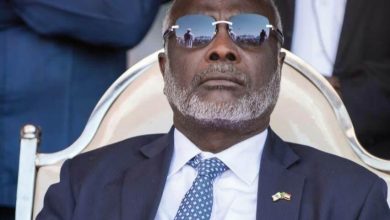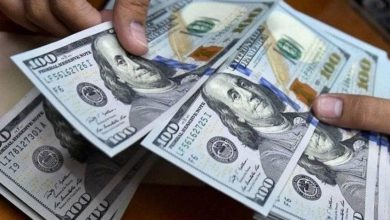Africorp Group reports: Harvest in Progress (2-2)

Groundnuts: Spanish-type groundnut (70/80 – 80/90), primarily grown using traditional rainfed systems in Darfur and Kordofan—regions heavily impacted by ongoing conflicts—has experienced a decline of approximately 45% compared to both the 2022 figures and the five-year average.
The average price of groundnuts in October showed a significant surge, being 61.9% higher compared to the average price in Q1-2023, before the onset of the current conflict. Additionally, it experienced an 80.2% increase compared to the same month of the previous year. This upturn is partially attributed to the heightened costs of production during the preceding seasons. Notably, the average price of groundnuts was substantially elevated, showing a 594% increase compared to the five-year average of October. In the irrigated agricultural schemes in central Sudan (Gaziera, Rahad and Halfa Agricultural Schemes) areas cultivated with Ashford type groundnut (40/50 – 50/60) are shrinking due to high cost, less yield and low crop price. However, the depreciating rate of exchange of the Sudanese Pound is another factor causing the increase of local purchase price of crops.
Sesame seeds: Sudan holds the world’s largest sesame-seed harvest area, and sesame seeds stand as its most exported agricultural commodity, accounting for 17.6% of global production in 2021 (FAO STAT). Sudanese sesame seed quality is widely acknowledged, with various buyers and supply chain participants recognizing its distinctive quality. However, production volumes are highly volatile, experiencing a decline of 12-25% in 2022 following low market prices the previous year, prompting many farmers to shift to alternative crops (FAO, 2023).
Approximately 60% of Sudanese sesame is produced by traditional rainfed small-scale farmers, while around 40% is produced by semi-mechanized rainfed farming. Semi-mechanized rainfed farms, characterized by large-scale operations (400-50,000 hectares) utilizing mechanization for land preparation, seeding, and some harvesting. In contrast, traditional rainfed farms consist of small-scale operations (2-50 hectares) managed by smallholder farmers and family households, relying mostly on manual labor at most production stages. Farms employing both production settings heavily depend on manual labor and rainfall for irrigation. The ongoing fighting in Sudan
have particularly affected traditional rainfed farms, impacting security and labor movement, resulting in a 20-35% reduction in cultivated area compared to the previous season (2,487,200 Ha). On the contrary, sesame seed production in the semi-mechanized sector appears to have increased compared to the previous year.
The export price of Sudanese sesame seeds has consistently risen over the past five years. This month, price for Sudanese sesame seeds, both reddish and whitish, is US$ 1650 and US$ 1800 respectively.
Hibiscus flowers: Hibiscus farming is concentrated in Kordofan and Darfur. However, the total production of Sudanese hibiscus for this season is anticipated to be approx. 50% of last season’s production. This decline in production is attributed to the precarious security situation in the usual production zones in the western states of Sudan, namely Darfur and Kordofan. Additionally, some areas have been allocated to the cultivation of grain crops, further contributing to the reduction in hibiscus production.
Senna pods: Senna pods new crop quality and yield is still too early to predict, as new crop material starts to come to market in larger quantities from next month.
Acacia gum: Kordofan and Darfur constitute over 60% of the supply of acacia gum (both Hashab – Acacia Senegal and Talha – Acacia Seyal). However, these areas are excluded from production calculations for this season, except for small areas accounting for no more than 15% of usual Talha and about 60% of the usual Hashab production due to security conditions and the migration of young people to engage in armed activities.
The primary production of Talha and Hashab for this season will be in the Blue Nile and White Nile regions, representing 25-30% of the total production in Sudan.
Kordofan region represents 70% of Sudan’s production of Hashab gum, with El-Nuhud being the gum capital in Sudan. Production has commenced entering the market.
Hashab gum production in the Blue Nile has been increasing in recent years, and suppliers and companies are expected to purchase from this region due to security availability and ease of access to production areas.
Gum olibanum: Darfur represents the main supplier of frankincense gum, accounting for 70- 75%. However, it is excluded from production considerations this year due to security conditions.



